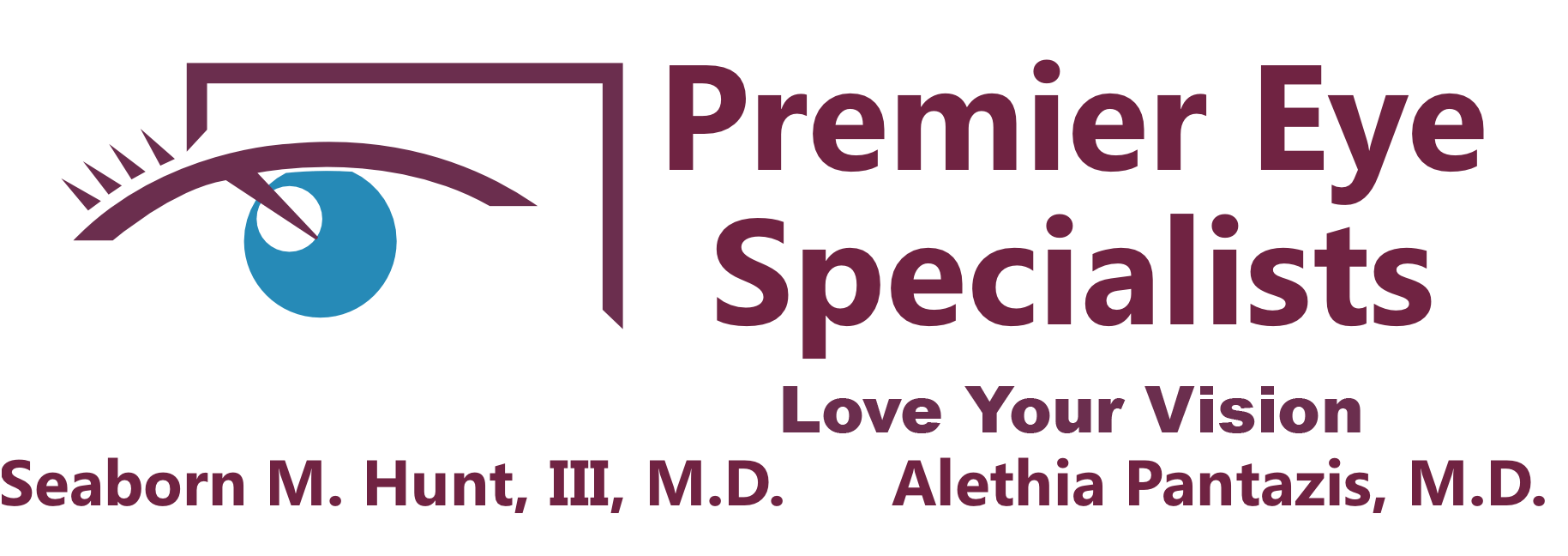FAQ: Tecnis Multifocal Lens Replacement
We receive a lot of questions about our Tecnis Multifocal Lens Replacement procedure here at Seaborn M. Hunt III MD, so we put together a list of frequently asked questions for our patient's convenience!
Q: Is the TECNIS® Multifocal Lens procedure safe?
Q: How long will it be before I see well?
Q: Will I be totally free from glasses?
Q: Am I a candidate for the TECNIS® Multifocal Lens?
Ask your doctor about the lens that provides nearly 9 out of 10 patients with freedom from glasses.
Important Safety Information - TECNIS® Multifocal Intraocular Lens (IOL) Indication: TECNIS® Multifocal intraocular lenses are indicated for primary implantation for the visual correction of aphakia in adult patients with and without presbyopia in whom a cataractous lens has been removed by phacoemulsification and who desire near, intermediate and distance vision with increased spectacle independence. The intraocular lenses are intended to be placed in the capsular bag.
Risks: As with many things, there may be a trade-off. If you decide to have a multifocal lens, your use of glasses may decrease, but at the cost of losing some of the sharpness of your vision. Even with glasses, this loss of sharpness may become worse under poor-visibility conditions such as dim lighting or fog. There may also be some visual side effects, such as halos and glare from lights at night, which are more common than with a monofocal IOL. Halos are rings of light that you may notice when looking directly at a source of light, such as oncoming car headlights. Glare is a scattered light effect that can appear around a source of light.
General risks with cataract surgery and IOL implantation: Whatever your lens choice, there are risks and possible complications of cataract surgery and lens implantation. Complications could be minor or temporary, or could permanently affect your vision. Complications are rare and may include the worsening of your vision, bleeding or infection. Contact your eye doctor right away if you have any of the following symptoms after surgery: itching, pain, flashing lights, “floaters,” a “curtain” in your vision, redness, severe headache, nausea/vomiting, sensitivity to light or watery eye.
PLEASE NOTE: Warnings and precautions accompany all IOLs because they are prescription-only medical devices. The following warnings and precautions apply to all multifocal IOLs.
Warnings: A very small number of patients (less than 1% in US clinical studies) may be dissatisfied and request removal of their multifocal IOL. Under poor-visibility conditions, your vision may be reduced more than it would be with a monofocal IOL. Under these conditions, you may have more difficulty recognizing some traffic signs and hard-to-see objects on the road. Therefore, you may need to take extra care when driving, especially in poor-light conditions. In rare instances, multifocal IOLs may make some types of retinal surgery more difficult.
Precautions: If your eye is not healthy (including glaucoma), your vision may not be good even after your cataract is removed. In this case, you may not get the full benefit of the multifocal IOL. Before surgery, your eye doctor will check to see if you have any eye diseases. Be sure to tell your eye doctor if you have any health conditions that may affect your surgery or vision, and provide an updated list of medications to the doctor. There is a chance that your vision with a multifocal IOL may not be good enough to perform very near or detailed “up close” work without glasses. The TECNIS® Multifocal IOL is designed for near vision at approximately 13 inches. Take all prescribed medicines and apply eye drops as instructed. You should avoid any activity that could harm your eye while you are recovering from surgery. Before and after the surgery, your eye doctor will tell you about activity restrictions. If you wear contact lenses, your eye doctor may ask you to discontinue wearing your lenses prior to being evaluated for the multifocal IOL. There were no patients 21 years old or younger included in the clinical study. As a result, there are insufficient data to support safety and effectiveness of this IOL in this age group.
Adverse events: The most frequently reported adverse event that occurred during the clinical trial of the TECNIS® Multifocal lens was macular edema, which occurred at a rate of 2.6%. Other reported reactions, occurring in 0.3%–1.2% of patients, were inflammation of the eye and secondary surgical intervention (including biometry error, retinal repair, iris prolapse/wound repair, trabeculectomy, lens repositioning and patient dissatisfaction).
REFERENCES:
1. Market Scope. The 2011 Comprehensive Report on the Global Presbyopia Correcting Surgery Market. St. Louis, MO: Market Scope LLC.
2. TECNIS® Multifocal 1-Piece Intraocular Lens (IOL) [package insert]. Santa Ana, Calif: Abbott Medical Optics, Inc.
Follow Us
Seaborn M. Hunt III MD |
3220 SW 31st Road, Ocala, FL 34474
|
352-873-7200
Premier Eye Specialists |
11938 County Road 101 Ste 130, The Villages, FL 32162 |
352-571-6485
Proudly Serving The Villages , FL and Ocala, FL

